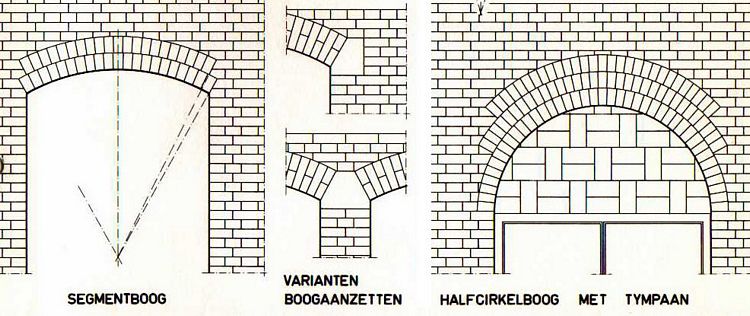Brother Blake,
Based upon my research, I would have to say that your options do not include the very option that most Masons should know without waver.
That options would be:
Please let me explain.
I believe that the checkered pavement is a symbol whose meaning has been lost due to our culture being so detached from what used to be common to people over 200 years ago.
It is a fact that the ground floor of Solomon's Temple was purchased by his father, King David, for full price from Ornan (Ornan is also known by a few other names). For those Masons who do not know, Ornan used this very spot to thresh grain heads from the chaff and winnow away that chaff once threshed.
From these facts, I'd have to say that the checkered pavement represented
Wheat and Chaff at one level, with Wheat being the white spots and Chaff being the dark spots.
Furthermore, I believe that this concept was the intent of those who placed this pattern within Masonic symbolism. This very theme,
threshing and winnowing, is repeated to this day by Masons at many levels. The ground floor, threshing-floor, is a place where Masons are asked to thresh and winnow symbolically to separate that which is important from that which is not.
So, Wheat and Chaff, at a much more significant level represent that which nurtures (
important) and that which doesn't nurture (
unimportant) of which Masons MUST learn to separate effortlessly if they are to do their Work in the World, with integrity.
Here's a breakdown of important vs unimportant and the levels that they occur.
- Candidate - Himself from the Profane world
- EA - Himself from Vices and Superfluities
- FC - Proper understanding and application of the principles learned in Grammar/Logic/Rhetoric/Arithmetic/Geometry/Music/Astronomy from improper of the same. (Studying the SLAs&Ss brings Order to chaos, thus allowing for a man to distinguish -- separate -- things that he could not prior to study.)
- MM - Himself from Ruffians (people who want titles and benefits without doing the Work and earning the same; people who lack integrity)
These are my opinions and my thoughts.
F&S,
Bro. Coach N
PS - Yeah, I KNOW what we are told in Ritual. I believe that's a surface explanation and feel that the explanation given doesn't do EA and others the good that the threshing-floor theme does. IMO
